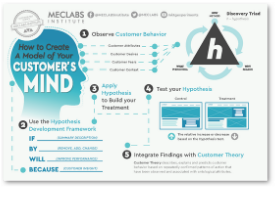What Clients are Looking for in CRM
CRM Reality Check?
On Friday, I interviewed Coremetrics, NetIQ/WebTrends, and Responsys (which just acquired NetAcumen) about what they’re offering and what their clients are requesting with respect to metrics. One message came through loud and clear: Everyone is looking for the benefits of CRM without the hassle of implementation. All three are offering some kind of campaign measurement that goes beyond Web site analytics. All three offer implementation time measured in days, rather than months. Does the availability of, and demand for marketing campaign metrics mean that the demand for CRM is dead?
Of course, CRM isn’t dead anymore than the demand for the S-class Mercedes is dead. It’s just that in this economy, more people are opting for the C-class. The metrics they are offering include tying online marketing campaigns to sales, calculating ROI, and calculating lifetime customer value. What’s missing? 50+% failure rate of CRM implementation, multi-million dollar up-front investment cost, and multi-month implementation. Right now, there’s no multi-channel component, but all three systems will let you export your data for integration into your existing offline systems.
Interestingly, the key that most marketers are looking for from CRM — the ability to mail a subsequent campaign based on Web site activity and responses to previous marketing campaigns — is available in this CRM-light that these three companies are offering. CRM may provide a 360-degree view of the customer, but marketers are satisfied getting the view of the customer that relates to their ability to target the customer based on previously expressed interests, and frankly, I can’t blame them.









